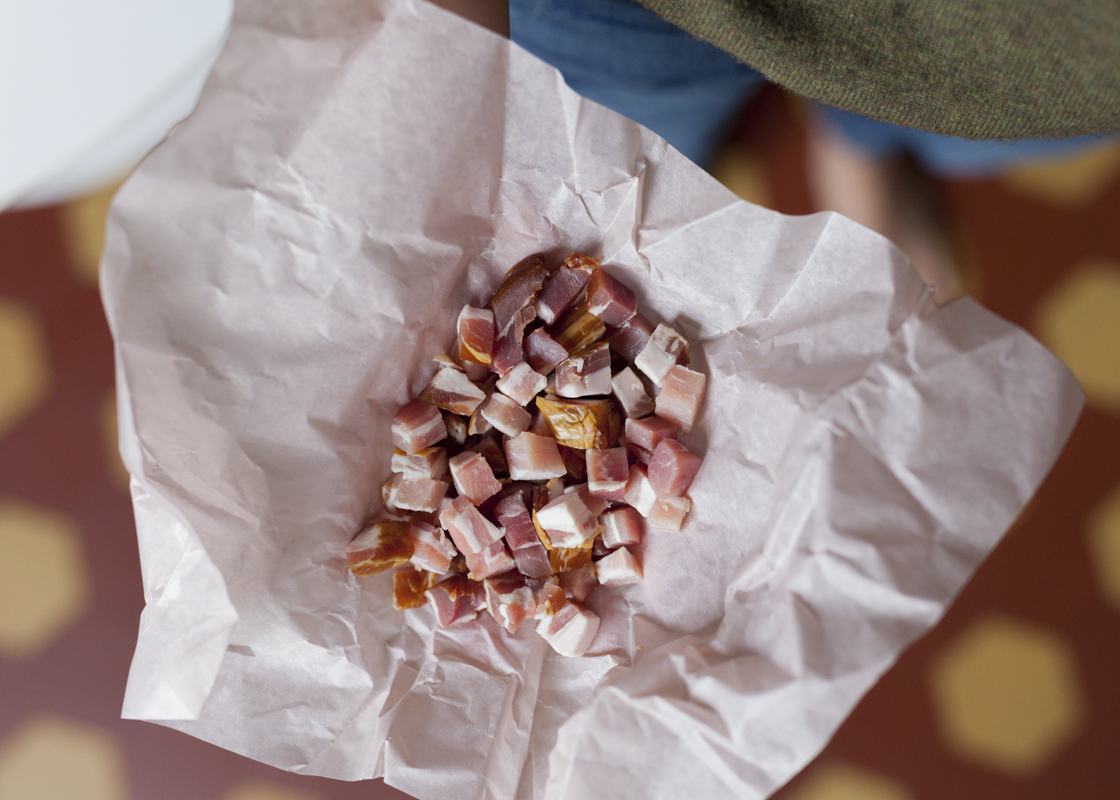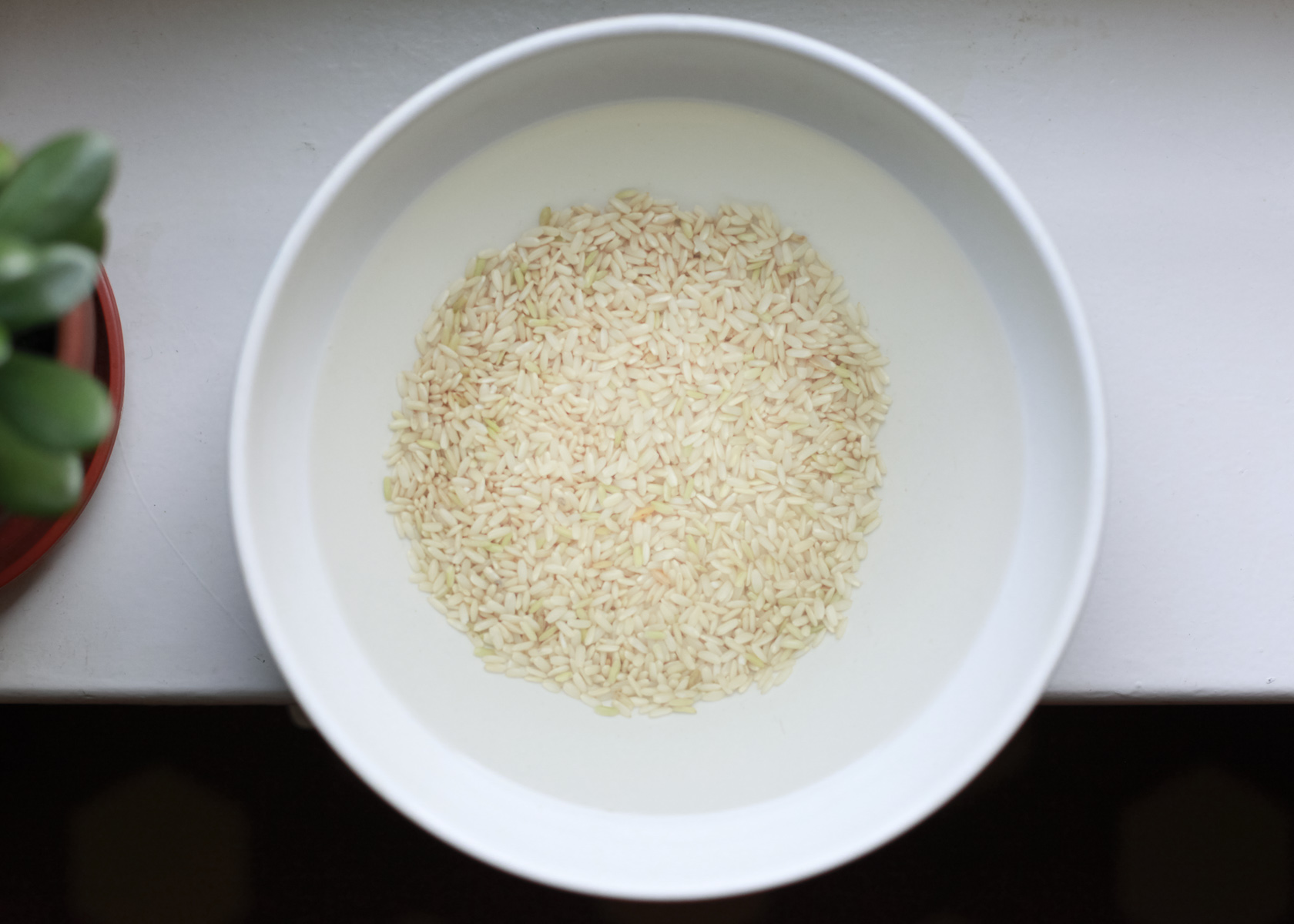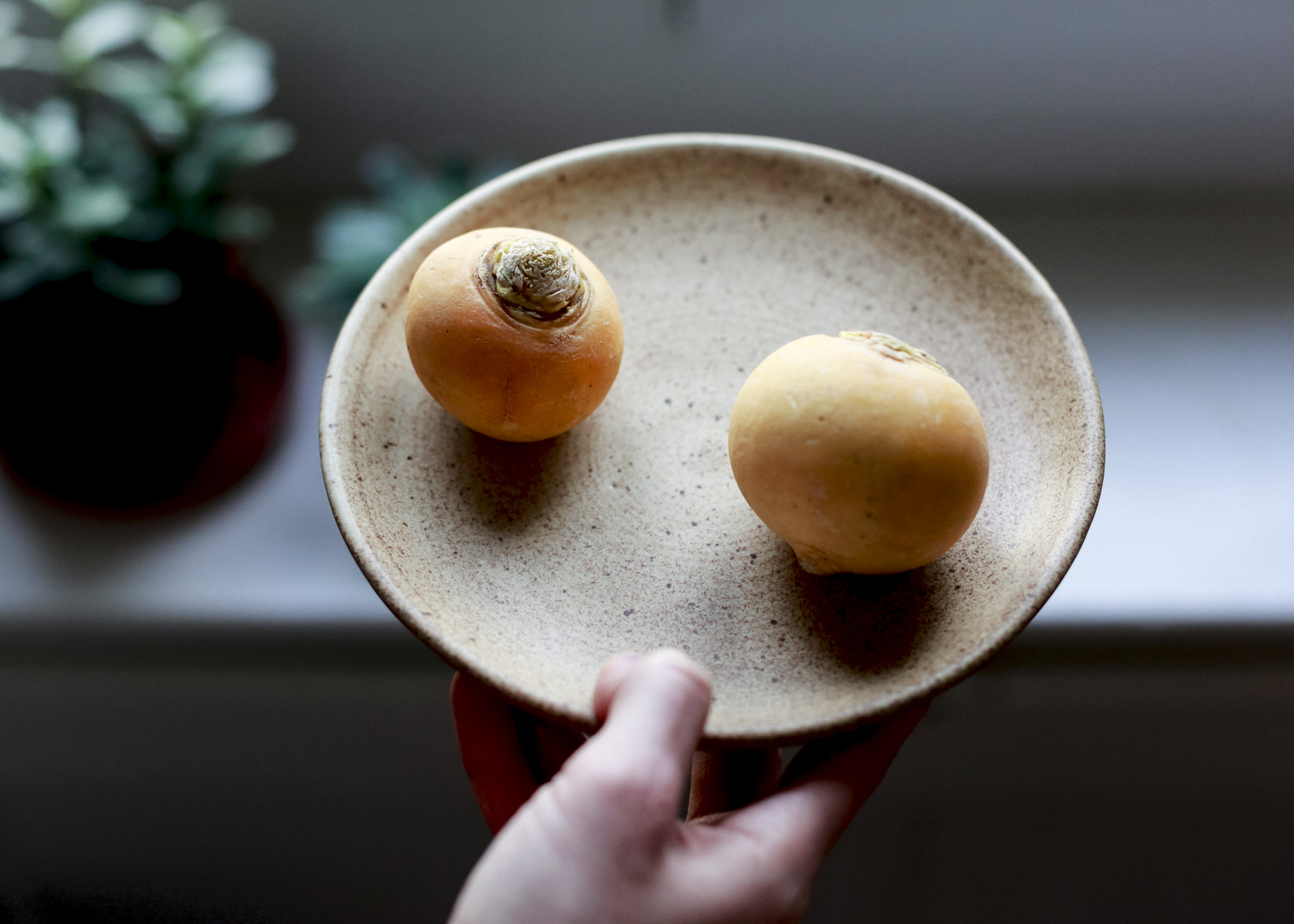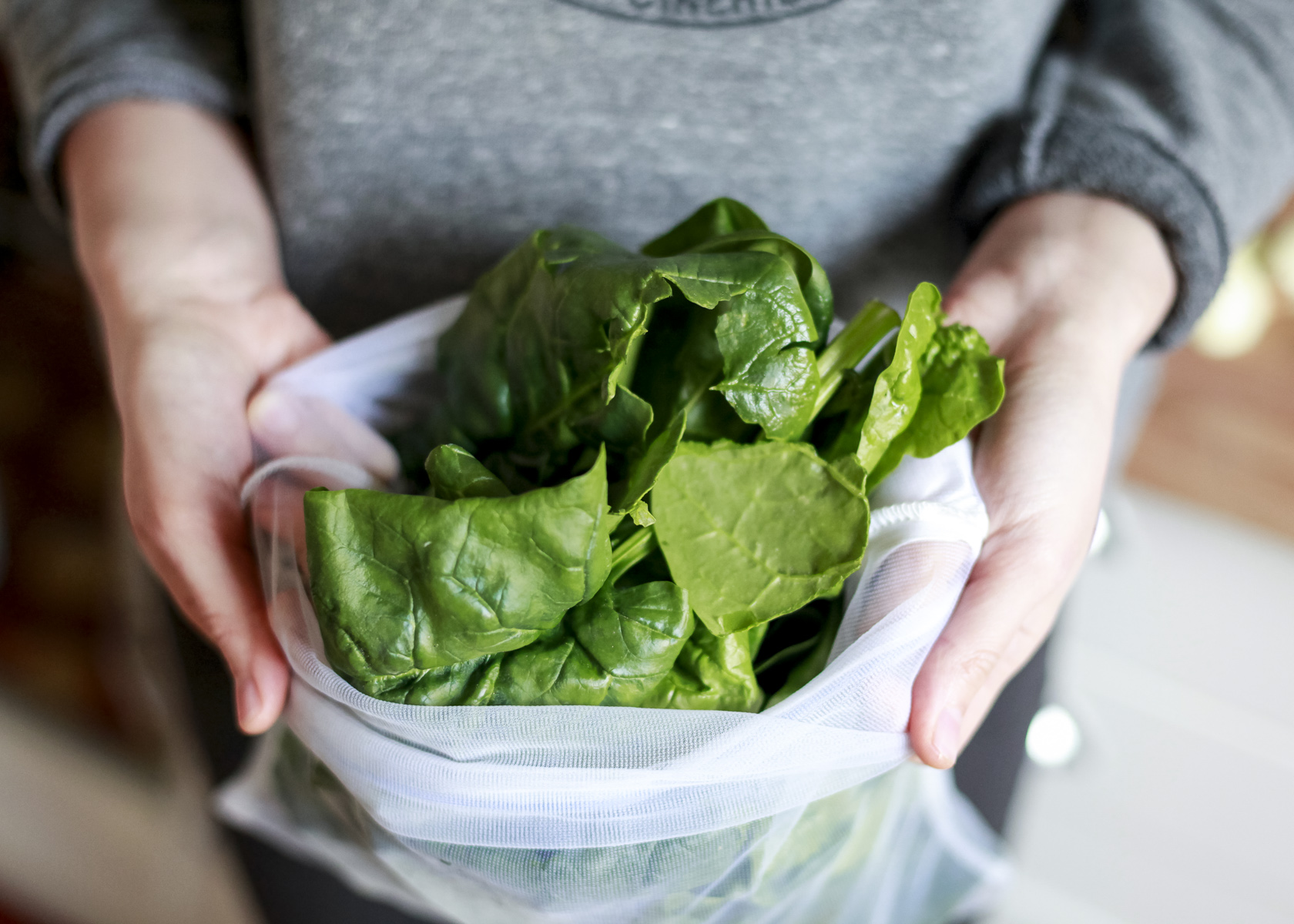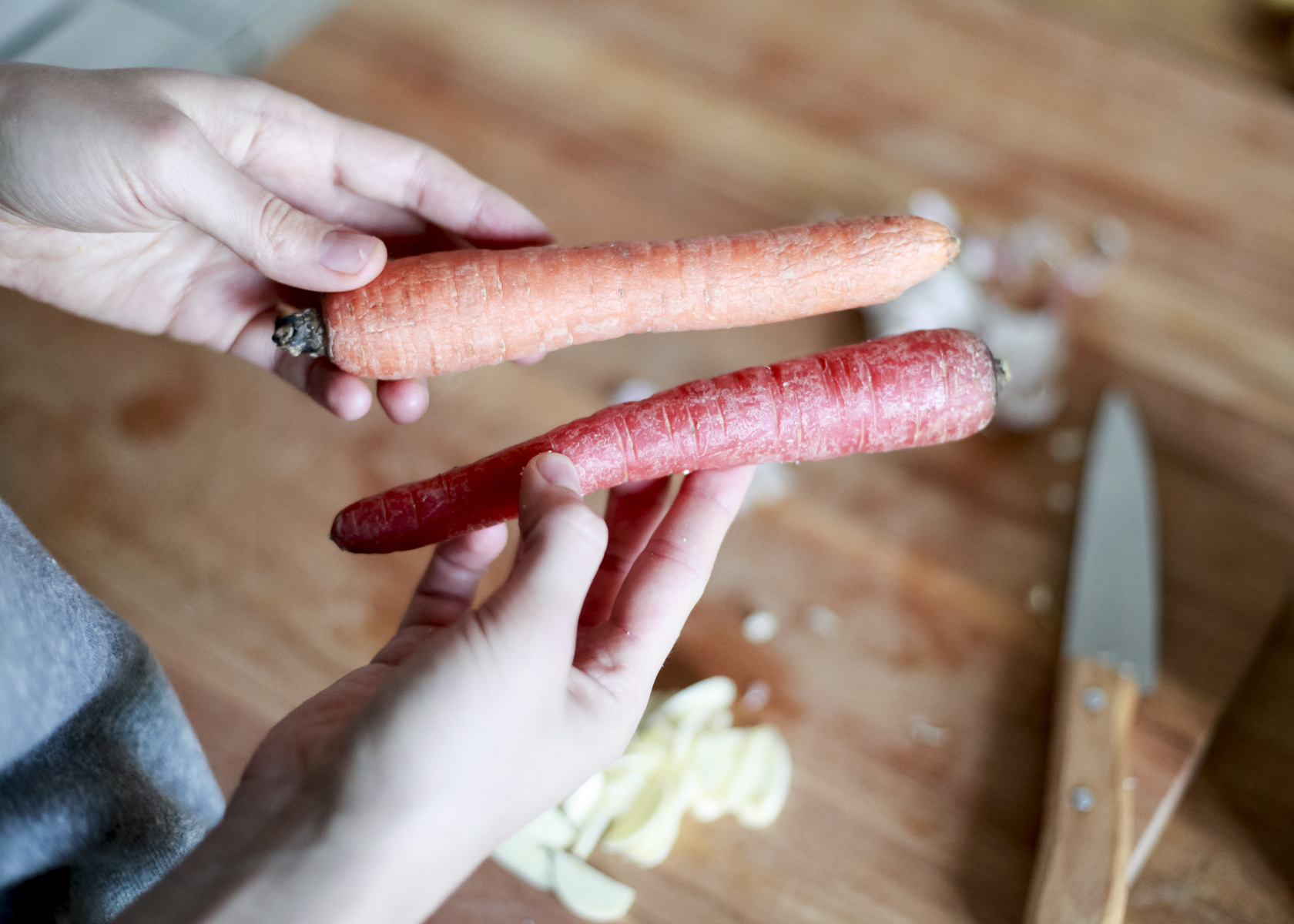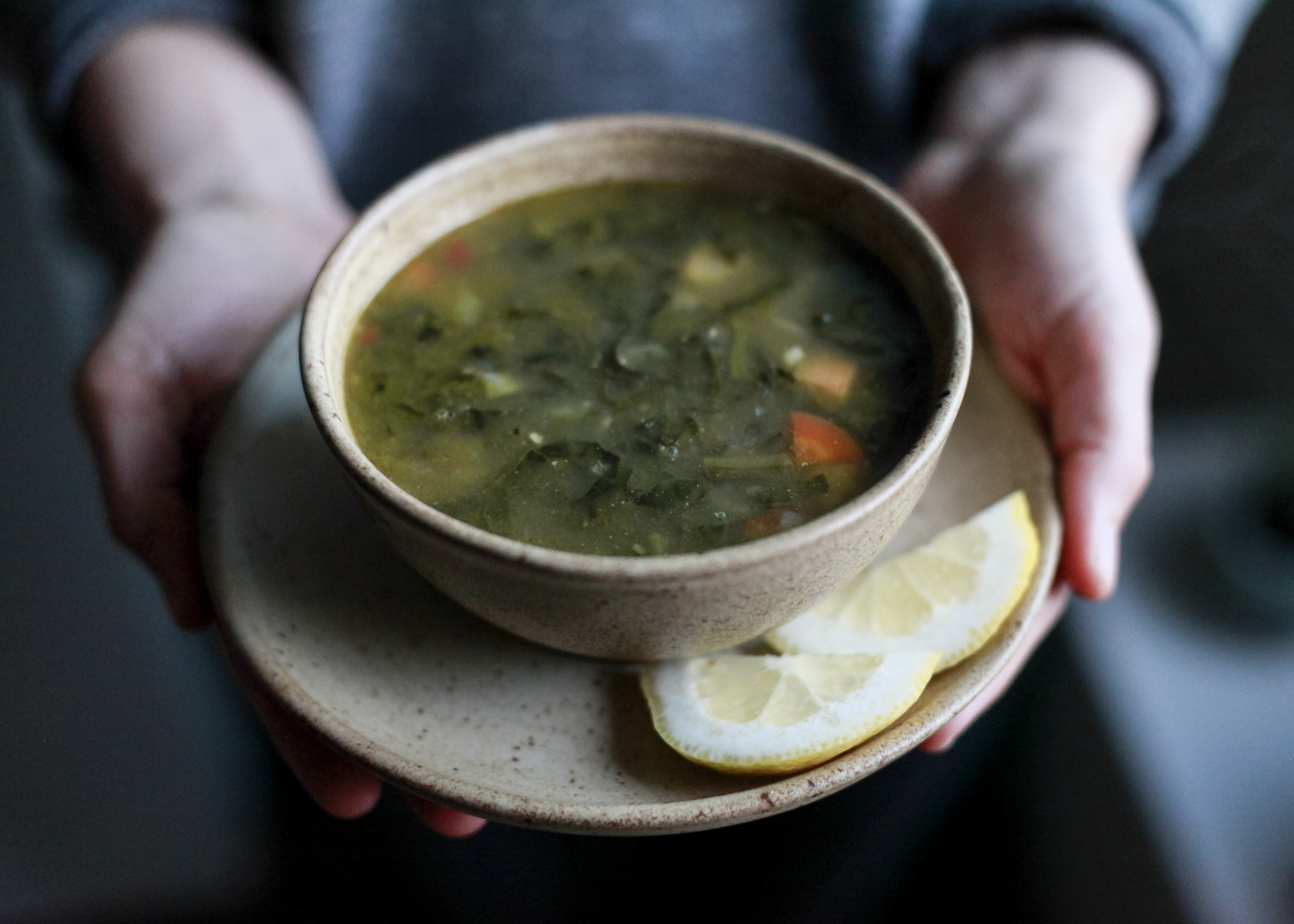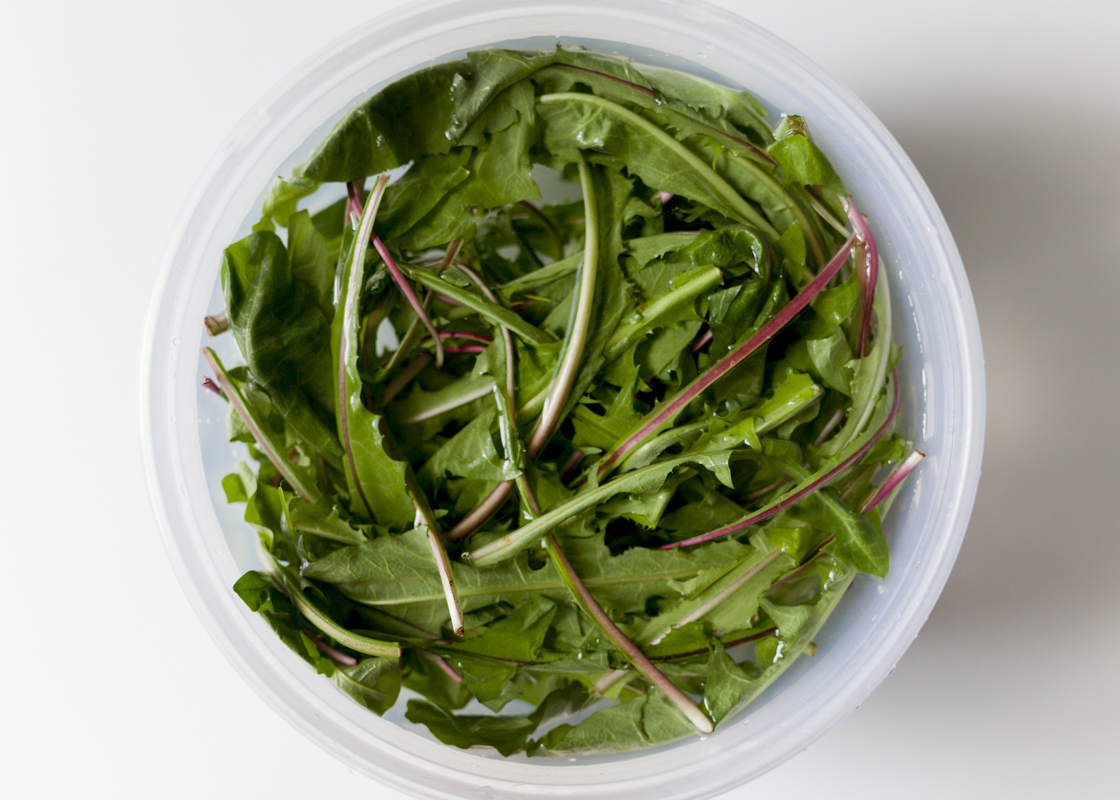 This is a Swiss recipe, taught to me by a children’s book that Lu’s cousin wrote about making this salad as a girl with her grandmother (Lu’s grand-aunt).
This is a Swiss recipe, taught to me by a children’s book that Lu’s cousin wrote about making this salad as a girl with her grandmother (Lu’s grand-aunt).
If you’re wondering how you can write a whole book (even if only child-size) about making a salad, then you probably haven’t foraged for greens before.
Nourishing qualities aside, when you forage for something wild your dinner suddenly becomes an experience. Maybe you take a bus to visit a friend in her village at the top of the lake and pick greens in a field beside a river, or maybe the greens are right smack dab in your backyard. Either way, there you are, gathering green with own two hands, feet (bare is best) firm upon earth, and as you’re gathering you’re weaving connections, the deep, rooted kind, to your food, to what nourishes you, us all.
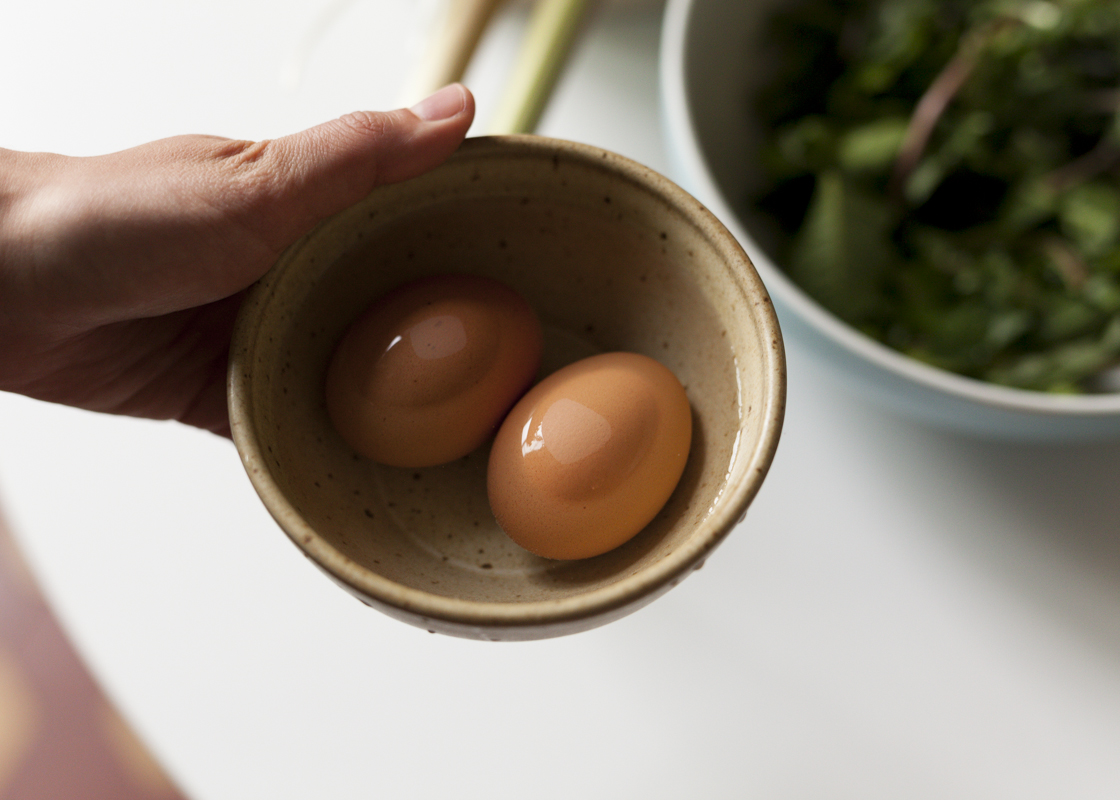 I remember my first experience foraging for dinner. It was in Greece, where old women walk the narrow village streets carrying plastic bags filled with green, “horta” as they’re called there, wild weeds. I was living in Pelion, a mountainous region south of Thessaloniki and I was handed a plastic bag and instructed to fill it. I remember thinking how ample the country was as I crouched and picked and crouched and picked, to have nourishing greens growing everywhere.
I remember my first experience foraging for dinner. It was in Greece, where old women walk the narrow village streets carrying plastic bags filled with green, “horta” as they’re called there, wild weeds. I was living in Pelion, a mountainous region south of Thessaloniki and I was handed a plastic bag and instructed to fill it. I remember thinking how ample the country was as I crouched and picked and crouched and picked, to have nourishing greens growing everywhere.
Looking back, I realize that a lot of what I was foraging for were dandelion greens. Dandelion! A plant that grows almost everywhere. How ample all our lands are, with a little guidance from tradition, from the figurative Greek grandma.
The secret to this recipe is the sauce, which Lu’s grand-aunt called “stone sauce”, so good it could make even stones seem appetizing. (A much lovelier qualifier than the currently popular “crack”, in my humble opinion).
It really is good. It makes a more bitter green like dandelion just plain delicious, no matter where you fall on the bitter-appreciation spectrum. The addition of lardons (small cubes of cured pork belly, not dissimilar to bacon) and soft-boiled eggs is optional, but highly recommended.
The dandelion is a gentle introduction to foraging. It’s easy to identify and, as it grows in so many regions, is easy to find during this mid-Spring season. Just make sure to forage away from major roads or dog-walking paths and, as always, to take only what you need.
Happy foraging and happy feasting!
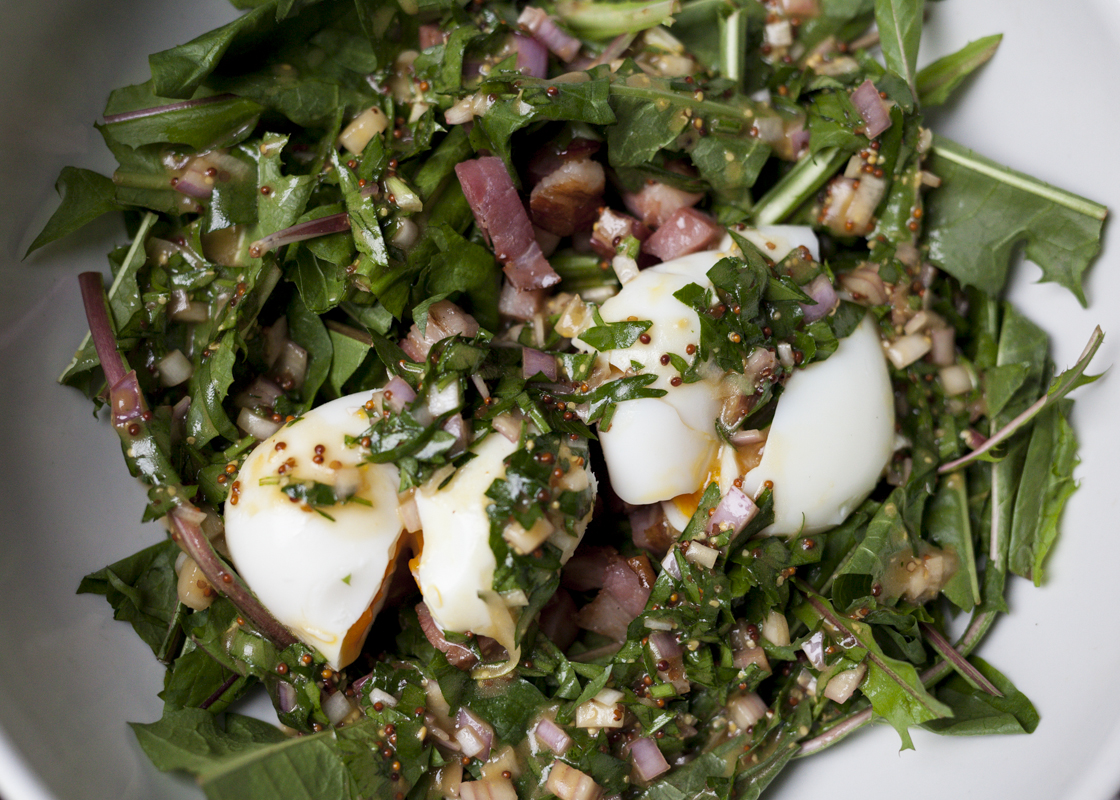 Lardon, Egg + Dandelion Green Salad
Lardon, Egg + Dandelion Green Salad
Stone Sauce:
- 1 teaspoon mustard
- 1 teaspoon cenovis (marmite could be used in its place or it could be omitted altogether)
- 6 tablespoons olive oil
- 3 tablespoons apple cider vinegar
- 1/2 shallot, minced
- 4 sprigs parsley, minced
- pinch salt
- Add ingredients to a glass jar. Cover with lid and shake until emulsified.
Salad:
- two handfuls dandelion greens
- 50gs lardons
- 2 eggs from pasture-fed hens
- Add greens to big bowl. Cover with cold water and splash of vinegar. Let sit.
- Meanwhile, put eggs in a small, lidded pot. Cover with cold water and put on stove to boil. Once boiling, turn off heat and cover with lid. Let sit for 3-4 minutes. Spoon eggs out immediately into small bowl of cold water.
- Add lardons to cast-iron pan. Cook on medium heat for 3-4 minutes, until crisp.
- Swish greens around and drain water. Refill and swish and drain until water runs clear. Use a salad spinner, or pat to dry. Add to salad bowl.
- Add lardons to salad bowl.
- Take eggs from small bowl and peel. Arrange on top of lardons and greens.
- Pour over dressing, mix and serve.
